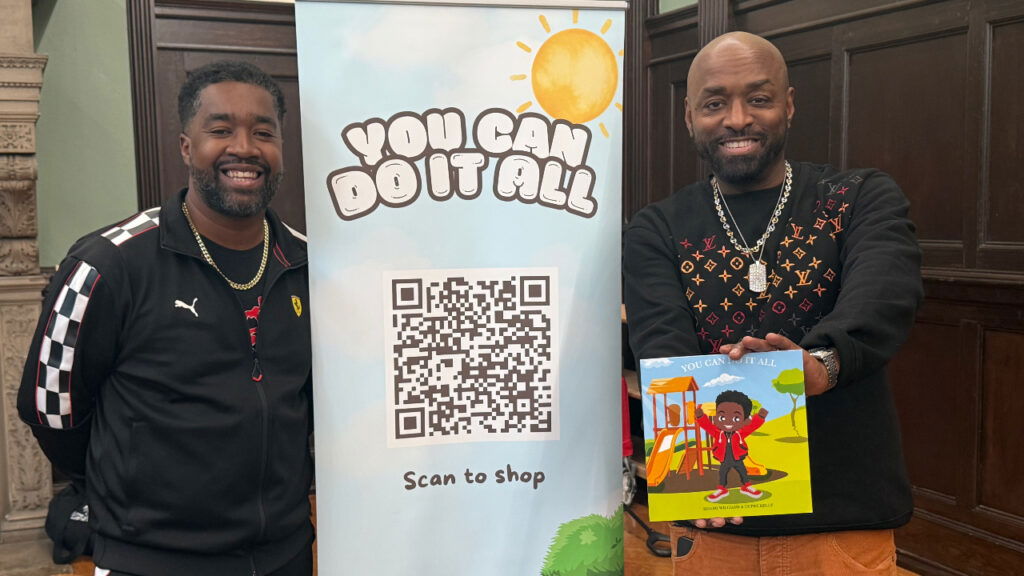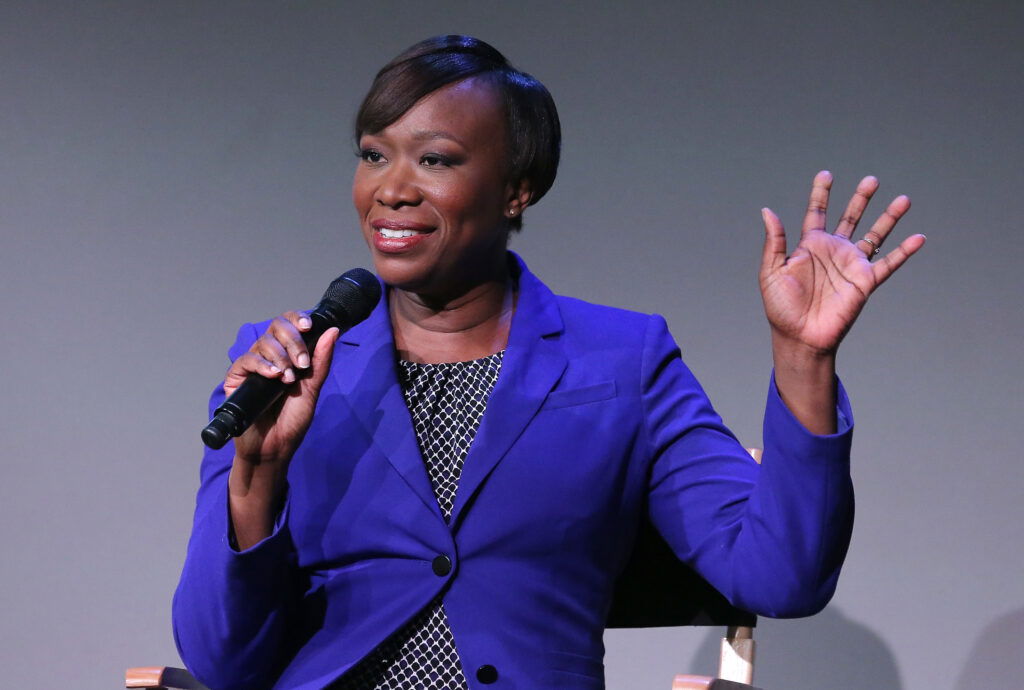LOS ANGELES — Jonnae Thompson has felt for a long time that her dark brown skin and natural hair have made finding work in Hollywood especially hard.
“It’s like this negative connotation,” said the 37-year-old actress, singer, and stand-up comedian, who said she is often asked to audition for villainous roles such as a bully, drug dealer, or pimp.
Her quest for more equitable representation on the big screen isn’t just professionally exhausting. Thompson says anxiety about her skin complexion has affected her health.
“It definitely had a negative impact on my self-esteem,” she said. She recalls being called “charcoal” in kindergarten. “It was big, like, your skin is dark and that’s a problem.”
The term colorism — a form of prejudice and discrimination in which lighter skin is favored over darker skin — was popularized by author Alice Walker in her 1983 book “In Search of Our Mothers’ Gardens: Womanist Prose.”
Clinicians from various ethnic groups have recently begun to draw a direct line between colorism and poor health. A 2023 KFF survey found that, among Black and Hispanic adults, those with self-described darker skin tones reported more experiences with discrimination in daily life compared with those who have lighter skin tones. People who feel they experience daily discrimination can be at higher risk for depression, loneliness, increased alcohol and drug use, and anxiety, data shows.
And colorism can also lead to physical health concerns. Hair straighteners and skin lighteners commonly used by women of color, sometimes to conform to racialized beauty standards, increase their exposure to toxic chemicals, research shows.
Because of the potential health implications, the healthcare system should pay more attention to colorism, said Regina James, a child and adolescent psychiatrist who heads the American Psychiatric Association’s Division of Diversity and Health Equity.
“Skin color discrimination is so insidious it can literally get under your skin,” she said. “And consciously or subconsciously, it can contribute to low self-esteem and self-confidence, and even be detrimental to one’s mental health.”
Conversations about skin complexion can remain overlooked by mental health professionals who do not have expertise about or awareness of a person’s cultural context, if the conversations happen at all, said Usha Tummala-Narra, a clinical psychologist and professor in the Department of Counseling, Developmental, and Educational Psychology at Boston College.
“There’s no specific training on colorism. Many people are unaware that it exists,” Tummala-Narra said.
But the experience can negatively affect a person’s self-worth, relationships, sense of belonging, and dignity. “These are all really critically important things as human beings that we all need to secure to have good health, both physically and mentally,” she said.
The issue can emerge in childhood for Black and Indigenous people and other people of color, who must navigate fair skin often being seen as superior, a ramification of colonialization. Black children with the darkest complexions experience higher levels of depressive symptoms, found a 2020 study in the journal Society and Mental Health.
Shannon Brown, 34, a former college counselor from the Bronx, New York, who is Black, remembers being called “midnight” by classmates and having family members joke about his skin being difficult to light in family photos. “I’ve just kind of accepted it and try to find the humor in it,” he said. “I feel like most folks aren’t intentionally trying to hurt me, but the jokes get tiresome.”
Shakun Kaushal, a 26-year-old digital communications specialist at the Johns Hopkins Center for Gun Violence Solutions, is Indian American and has a “darker complexion.” She said that in Indian culture one might hear comments like, “Oh, she’s so light and beautiful.”
“I sometimes feel dismissed by people,” said Kaushal, who has searched for an Indian or Black therapist in hopes they might better relate to her lived experience. She believes conversations about colorism should be intergenerational, start early, and get introduced with great care.
“What you say to a child does affect them. They will remember, and it will impact how they feel about themselves and in their skin,” Kaushal said. “We must talk about it.”
The feeling of shame and embarrassment colorism produces in people is palpable and needs to be acknowledged in healthcare settings, said Roopal Kundu, a dermatologist who founded and directs the Northwestern Medicine Center for Ethnic Skin and Hair in Chicago. Kundu, who is of South Asian heritage, opened the center in 2005 and notes that some cases of diseases like psoriasis, skin cancer, and eczema get diagnosed later or are misdiagnosed because they present differently on diverse skin tones.
“How can we really make sure, as a field, that we’re taking care of everybody?” she said. “Healthy skin is beautiful skin. And beauty is across every single skin tone that there is.”
Recommended Stories
Therapists, doctors, and other clinicians from diverse backgrounds say that, in addition to clinical approaches that incorporate cultural competence, more efforts are needed to diversify the pool of mental health practitioners and to collaborate between disciplines.
Without cultural awareness and sensitivity, “you’re not going to get all the information that you need to appropriately diagnose and treat someone,” James said.
Black people are more likely to report difficulty finding mental health providers who understand their background and experiences, a KFF survey found. At the same time, programs that bolster diversity, equity, and inclusion in medical schools are faltering in the wake of the 2023 Supreme Court decision outlawing affirmative action in higher education.
According to the Association of American Medical Colleges, in 2022, about 5% of active psychiatric physicians identified as Black, 16% as Asian, 6% as Hispanic, and fewer than 1% as American Indian or Alaska Native.
Thompson, Brown, and Kaushal all said they had never been treated by a therapist who looks like them.
Thompson, the L.A. comedian, said she drank bleach when she was 10 years old, thinking it would lighten her skin. Fortunately, it caused only nausea.
If she could speak to her younger self, she would say: “You’re beautiful. You’re brilliant.”
KFF Health News is a national newsroom that produces in-depth journalism about health issues and is one of the core operating programs at KFF—an independent source of health policy research, polling, and journalism. Learn more about KFF.




